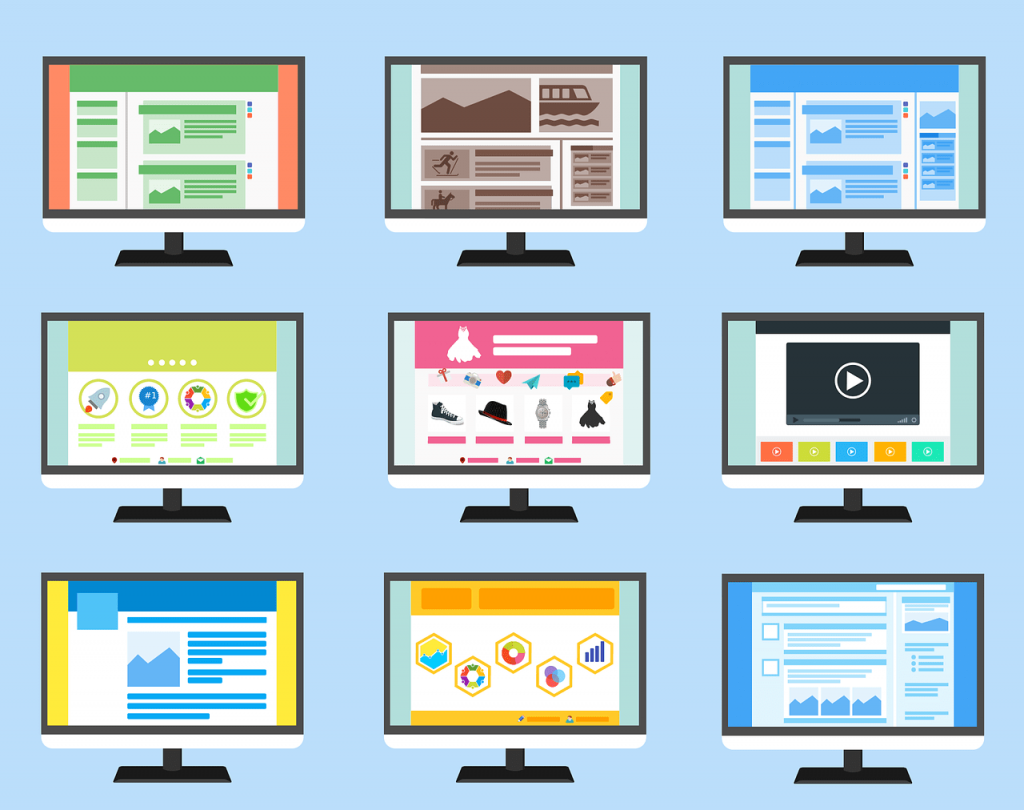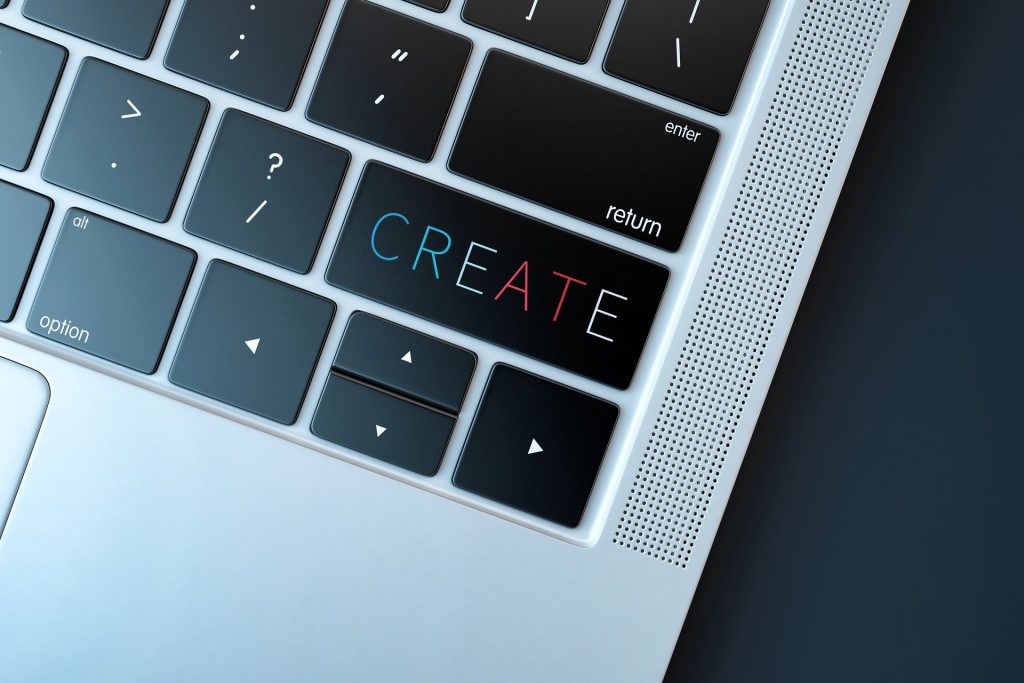Having a portfolio website is a great way to introduce yourself and showcase your skills to fellow designers & first-time clients. When you’re starting out as a UX/UI designer, clients will want to look at your previous projects and see if their line of work suits your style or expertise–especially that nowadays, web design and development are essential for e-Commerce businesses and for translating office work to a digital space. But in order to build a great body of work, you need to be aware of certain expectations that come with looking for an expert UX designer.
In this article, we’ll be listing some expectations of clients when finding the best UX designers to work with and how your portfolio can reflect what they are looking for.
1. As a UX designer, you must be a problem solver
As a UX designer, clients expect that you would be someone who delivers the appropriate work for their needs as well as their target audience’s needs. Whether it’s revamping a website or an app, usability testing, or starting from the ground up, you need to show through your work how equipped you are in handling all kinds of challenges and obstacles.
- It is crucial that your portfolio must include case studies, detailing previous issues and obstacles that the client had, your methodology in addressing the problem, and the design solution/s that followed.
- Some include 20 case studies in their portfolio, others include 5. The number of case studies doesn’t matter as long as your best work can be seen and presented in a clean, legible format.
- User research matters to clients, as they want to trust creatives with sharp critical thinking skills when making decisions for their designs. Show examples in your portfolio of projects where you have used evidence-based material to address client concerns.
2. As a UX designer, you must be a visual storyteller
Every UX solution is a journey, and it’s up to you how you can present these case studies. One of the best ways to show your work is through visual storytelling–or chronologically detailing your process from beginning to end. This helps in showcasing your critical thinking abilities and how you make decisions in completing projects.
- Documenting the process of developing a design helps a client take a look into your work ethics and knowledge of the industry.
- It’s a smart idea to walk through each step to demonstrate the purpose behind each function of an app or a website. Some UX designers present their work in brief videos to do this. Possible clients will be able to watch and have a much better idea on the UI UX design you’ve done.
- This is an opportunity to be creative with how you present your case studies, whether through beautiful web design or creating an online gallery of your work.
3. As a UX designer, you must be solution-focused
For clients to be convinced that your solutions bring change, you will need to show measurable outcomes for your portfolio. This can come in the form of testimonials from clients, or simply writing in brief how your design solution increased traffic to your client’s site, helped address a client’s problems, or provided eCommerce solutions.
- Demonstrate your flexibility when designing for clients of different industries.
- Inclusivity is something that ethical-minded companies look for nowadays. If you have experience in designing for audiences of different ages, cultures, and abilities, showcasing these works can make you more credible for future clients.
- Some freelance designers use design metrics to show the results of your work on a brand. (i.e.” increasing site traffic by 60% in the first month of launching” or “reducing customer complaints by 35% in the first two weeks”) Showing concrete results demonstrates the impact of your abilities.
4. As a UX designer, you must be an innovative creator
And with all portfolios, showcase only the best of your work. Choose pieces that demonstrate your skills and eye for beautiful design. If you’re still building a portfolio, it helps to look at current design standards and find out what your personal style is. UX design also has a theory, and it may help you to check out online classes that can help you create aesthetically-pleasing projects for customers.
- Designers also give great importance to context. If you’re doing pro bono work or unsolicited redesigns to build your portfolio, make sure to give brief descriptions of the target audiences of your projects.
- Modern styles of portfolio design take inspiration from Bauhaus, Dadaism, and Futurism. It helps to have knowledge of postmodern art movements to help guide your designs.







